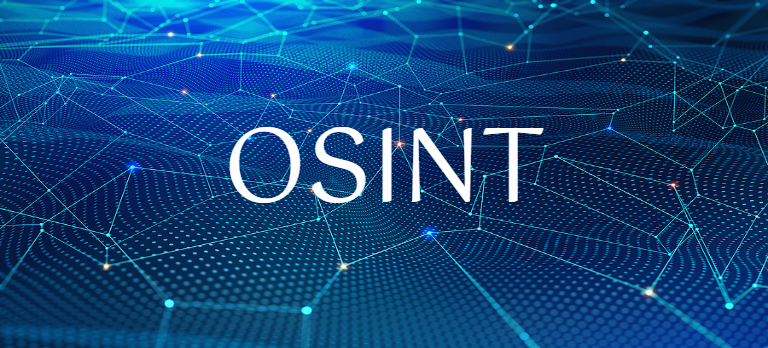Blockchain, a technology that facilitates the process of recording transactions and tracking assets in a business network, is being used across government to both speed and secure the transmission of data and goods. At its core, blockchain is a database, but unlike traditional databases, it links all of the data it stores together which means that all of the data in a certain block will always be tied in the same order to the rest of the data showing a clear chain of custody or activity.
Government agencies are drawn to the security and transparency provided by blockchain to improve the efficiency and stability of processes requiring strict audit trails. For this reason, GovWhitePapers has gathered white papers, case studies, eBooks, and other resources on blockchain which are specific to the needs of the public sector.
Blockchain joins the COVID fight
Blockchain has been critical to managing data related to COVID response and research. It also can help support the logistics of distributing vaccinations from ensuring only authorized personnel direct shipments to securing the patient data of people receiving the vaccine. Beyond the war on COVID, blockchain ledgers can help in other battlespace efforts, providing an “immutable record of choices” that shows how and when decisions were made to get defense efforts to a point in time.
Securing the vote
In response to security concerns that arose before, during, and after the 2020 election, many groups are looking into how blockchain can provide indisputable chain of custody records for mail-in or possible online ballots in the future.
Supplying security and visibility to supply chains
Supply chain knowledge and security have also risen in prominence and priority. Blockchain is being used to ingest and report on the huge amounts of data related to the products used by our government. Customs and Border Protection (CBP) has pilots that use blockchain to validate mill certificates — documents detailing the chemical breakdown and grade of steel and oil. The agency is also looking to use blockchain to get more visibility into food, e-commerce shipments, and natural gas supply chains while also using it to make validation paperless.
Granting blockchain a role in grant-making
Beyond these immediate concerns, there are immeasurable opportunities for blockchain use across government including grants management. Grant-making organizations could use blockchain to track the grant payments, making the transactions more secure while also recording and tying performance on that grant into the same chain. This would lighten the reporting burden on grantees.
Government White Papers on Blockchain
Below are a number of resources that GovWhitePapers has found that speak to the opportunities, successes, and challenges of using blockchain in government.
- Exploring Blockchain Technology for Government Transparency: Blockchain-Based Public Procurement to Reduce Corruption — Detailing a project on the use of blockchain for anti-corruption, this paper aims to communicate the findings of this novel and multifaceted project with the goal of identifying the value of blockchain technology for public procurement and laying the foundation for similar experimentation, innovation, and adoption worldwide.
- Blockchain in Trade Facilitation — The repetition of data among multiple ledgers in a network, as well as the immutability of information after it has been integrated into the blockchain, can increase levels of confidence for both traders and regulators. Additionally, these technologies have the potential to facilitate cross-border trade, increase access to global value chains for small businesses in developing countries and countries with economies in transition, as well as support the effectiveness of government services that support more inclusive economic and social progress.
- Blockchain Playbook for the U.S. Federal Government — This playbook applies the concepts of the General Services Administration’s Modernization and Migration Management (M3) unified shared services framework to help the government achieve successful outcomes and reduce risk during a blockchain deployment. It involves the modernization of information systems, as well as the migration of data and/or other capabilities. The progression of this framework ensures the government will be able to optimize its resources to deliver the most effective solution.
- Blockchain for Local Government — This paper looks at the vibrant ecosystem of technology vendors — both established companies as well as aspiring start-ups that are offering commercial solutions and are serving as innovation partners to governments and potential enterprise-adopters. It examines opportunities as well as challenges for implementing blockchain.
These are just a sampling of resources GovWhitePapers makes available to the government community and the industries that serve it. You can browse additional government white papers on blockchain and related technologies through our search engine here:










